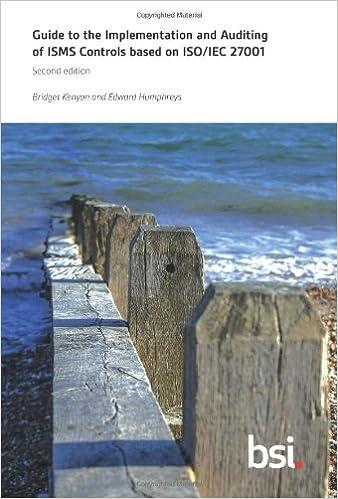
5. Drug company Psnaml is considering an R&D project which, if successful, will result in a potent new type of heart medication. Global inverse demand for such medication is estimated to be; p=100,010-22 per year, where p- price and Q = quantity of complete treatments. Once created and approved for use, the total variable unit cost of producing treatments is estimated to be TVC=100. This project will require a sunk investment of $15 billion over five years from the filing of the first patents to a market-ready drug. These costs would include R&D expenditures and clinical trials expenses and would be incurred before any sales are realized. Meanwhile, another company Norwyl, is considering a project to develop a cancer drug which if successful will generate global demand for complete treatments equal to p= 200,005 - 40 per year, with variable unit costs of TVC = 50. However, the sunk investment required for this project is estimated to be $35 billion over 10 years from the first patent to a market-ready drug. Suppose global patent laws give pharmaceutical companies patent protection for 20 years from the filing of the first patent. a) Which of these companies (if any) will proceed with their projects? b) How could patent laws be changed for the better? Who would win and who would lose if patent laws were changed as you suggest? c) In the absence of patent protection suppose it would take generic drug manufacturers 16 years after the first filing of patents to have the capability for producing these drugs at the same variable costs as the patent holders. Are the current patent laws effective? Explain. 5. Drug company Psnaml is considering an R&D project which, if successful, will result in a potent new type of heart medication. Global inverse demand for such medication is estimated to be; p=100,010-22 per year, where p- price and Q = quantity of complete treatments. Once created and approved for use, the total variable unit cost of producing treatments is estimated to be TVC=100. This project will require a sunk investment of $15 billion over five years from the filing of the first patents to a market-ready drug. These costs would include R&D expenditures and clinical trials expenses and would be incurred before any sales are realized. Meanwhile, another company Norwyl, is considering a project to develop a cancer drug which if successful will generate global demand for complete treatments equal to p= 200,005 - 40 per year, with variable unit costs of TVC = 50. However, the sunk investment required for this project is estimated to be $35 billion over 10 years from the first patent to a market-ready drug. Suppose global patent laws give pharmaceutical companies patent protection for 20 years from the filing of the first patent. a) Which of these companies (if any) will proceed with their projects? b) How could patent laws be changed for the better? Who would win and who would lose if patent laws were changed as you suggest? c) In the absence of patent protection suppose it would take generic drug manufacturers 16 years after the first filing of patents to have the capability for producing these drugs at the same variable costs as the patent holders. Are the current patent laws effective? Explain







